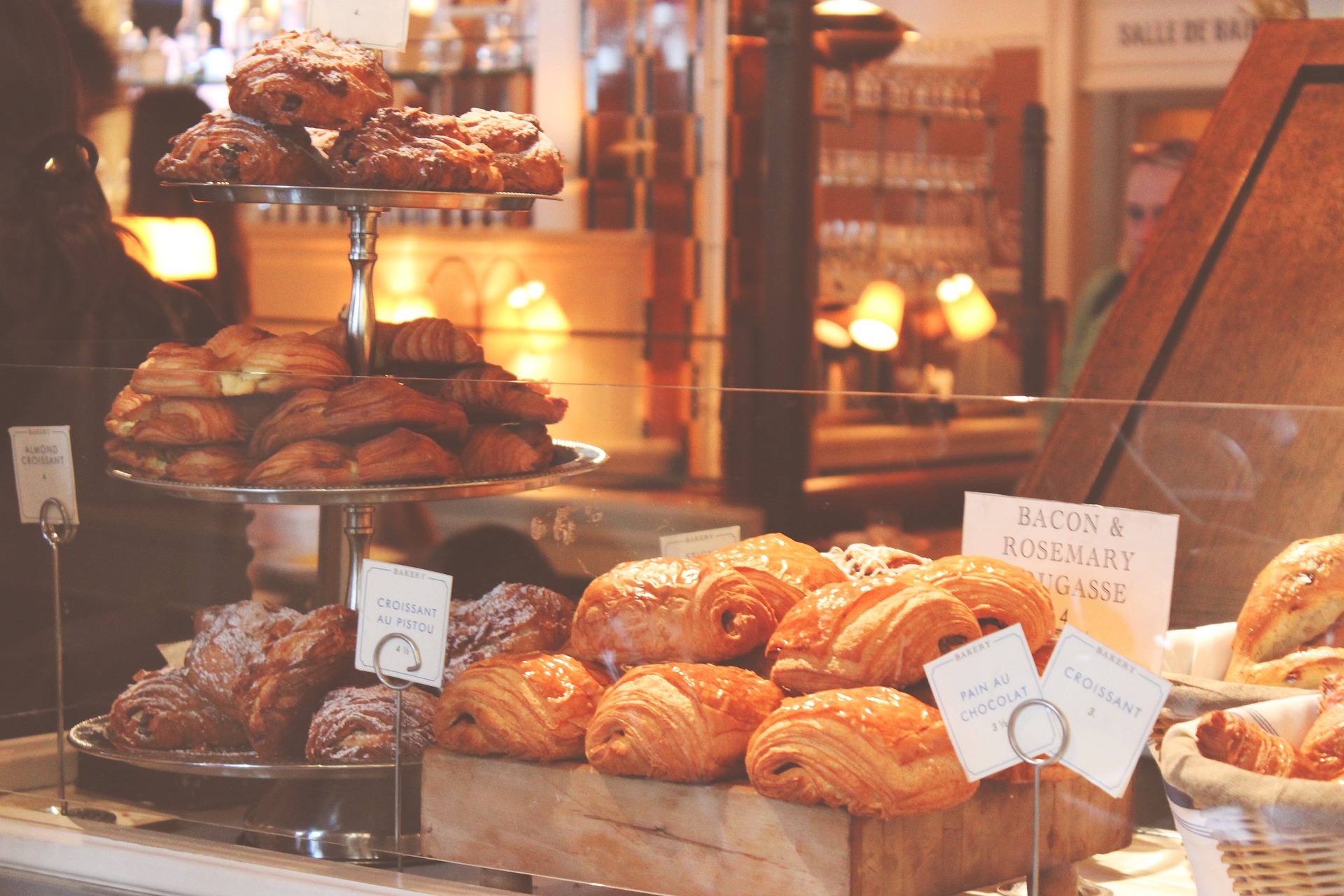Elevating Your Dessert Game with a Delectable Spin on Classic French Pastries
This article takes you on a mouthwatering journey as it reveals a delectable spin on traditional French pastries. You can't afford to miss out on these luscious delights that blend time-honored techniques with innovative flavors!
The Origins of Classic French Pastries
French pastries are renowned worldwide for their elegance and indulgence. Their roots stretch back to medieval France, where royal courts indulged in rich tarts and custards. Over centuries, iconic treats like buttery croissants, airy choux pastries, and delicate macarons emerged, each reflecting France’s rich culinary history. These confections are more than just sweets—they symbolize artistry, precision, and cultural heritage. Pastry shops, or pâtisseries, became cornerstones of French neighborhoods, celebrating seasonal flavors and local traditions.
Contemporary Versions of Traditional French Pastries
Today, pastry chefs are blending classic French techniques with modern creativity. Imagine lavender-infused éclairs, matcha croissants, or macarons filled with exotic fruit ganache. Renowned pastry shops in Paris and beyond are redefining tradition, introducing gluten-free options, vegan adaptations, and fusion flavors inspired by global cuisines. Spots like Pierre Hermé and Sadaharu Aoki are famous for pushing the boundaries of pastry innovation while honoring their French roots.
The Art of Making French Pastries at Home
Though French pastries are known for their intricacy, you don’t need to be a professional chef to make them. With patience and the right guidance, home bakers can master these delectable treats. Start simple—try baking a batch of buttery madeleines or a rustic fruit galette. As your confidence grows, challenge yourself with more intricate recipes like mille-feuille or croissants. Our step-by-step tips and foolproof methods ensure that even complex pastries become approachable for home bakers.
Pro Tips for Home Bakers
- Use Quality Ingredients: Fresh butter, high-protein flour, and farm-fresh eggs elevate your pastries.
- Master the Basics: Learn foundational techniques like laminating dough and making choux pastry.
- Practice Patience: Great pastries take time. Resting dough and careful baking are essential for texture and flavor.
Fascinating Pastry Facts and Baking Tips
- The dough for French pastries typically uses a high ratio of fat to flour, resulting in a rich and flavorful end product.
- Temperature plays a key role in baking pastries. Ensure your oven is precisely preheated for optimal results.
- Patience is key when preparing French pastries. Rushing the process can adversely affect the texture and flavor.
- The word pâtisserie is legally protected in France and can only be used by bakeries that employ licensed pastry chefs.
- The croissant, although French in fame, actually originated from Austria and was later perfected by French bakers.
Essential Tools and Ingredients for French Pastry Baking
Equipping your kitchen with the right tools is crucial for pastry success. Here are essentials for any aspiring pastry chef:
- Rolling Pin: A sturdy rolling pin is vital for evenly rolling dough.
- Piping Bags and Nozzles: Essential for éclairs, macarons, and decorative touches.
- Pastry Cutter: Helps in shaping dough and achieving uniform pieces.
- High-Quality Ingredients: European-style butter, almond flour, and couverture chocolate enhance flavor and texture.
- Silicone Baking Mats: Prevent sticking and promote even baking.
Exploring Regional French Pastries
France’s pastry traditions vary by region, offering a diverse range of flavors and textures. In Brittany, you’ll find the caramelized, buttery kouign-amann, while Provence is known for navettes, boat-shaped orange-blossom biscuits. The Alsace region offers bredele, festive cookies rich in spices and nuts, and in Paris, the luxurious opera cake reigns supreme. Exploring these regional delicacies brings a deeper appreciation for France’s diverse culinary landscape.
Conclusion
Exploring the wonders of French pastries is a delightful culinary adventure. Whether you choose to follow traditional recipes or experiment with modern twists, crafting these classic treats allows for creative expression and a deeper connection to French culture. With practice and passion, you can bring a taste of France into your home and savor the artistry in every bite. Bon appétit!





